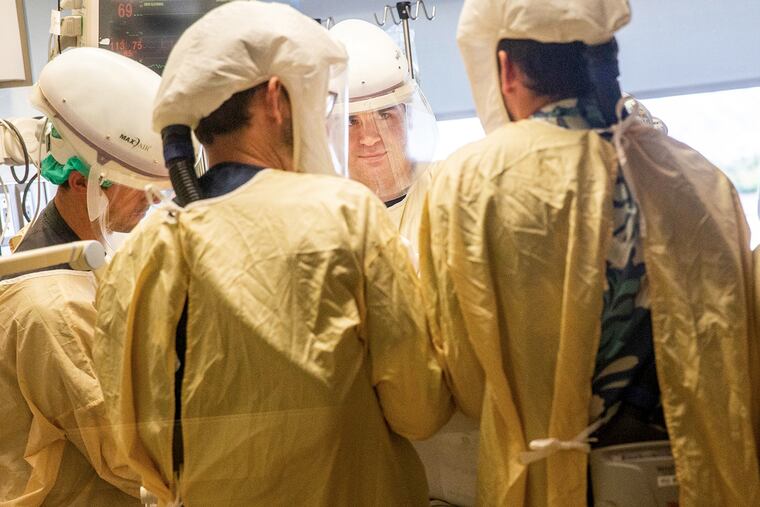Study: Subbing lower-paid staff for RNs could cause patient deaths
If hospitals substitute lower-wage staff for registered nurses, patients may suffer, a new analysis suggests.

If hospitals substitute lower-wage staff for registered nurses, patients may suffer, a new analysis suggests.
Published in the journal Medical Care, the study coincides with a nationwide RN shortage and reports of widespread burnout among RNs. To fill the gap, many hospitals have turned to “team nursing,” a model that uses fewer RNs as supervisors of a team of lower-wage health-care workers such as licensed practical nurses and nurse assistants.
To find out how this model affects patient care, researchers analyzed data from a national sample of 2,676 hospitals and nearly 6.6 million patients treated in 2019. The patients studied were between 65 and 99 years old and were Medicare beneficiaries; all had hospital stays of between a day and a month.
The researchers then looked at the proportion of RNs on the hospital staffs, tying that data to patient outcomes and satisfaction ratings.
RNs made up an average of 76.5% of hospital staff in 2019, the researchers found. If that number were to fall by just 10%, the researchers projected, a patient would have 7% higher odds of dying in the hospital and 4% higher odds of dying within 30 days of discharge. The length of hospital stay and the likelihood of readmission would increase, too.
If all of the hospitals were to reduce their proportion of nurses by 10%, the researchers project, it would result in 10,947 additional deaths and 5,207 avoidable readmissions per year, costing Medicare $68.5 million and hospitals $2.9 billion in cost savings because of longer stays.
Instead of changing their staffing mix, the researchers recommend, hospitals should explore ways to improve working environments for RNs, including reducing understaffed shifts, funding more positions, and addressing nurse burnout.
“Nurses in hospitals provide care for the sickest patients,” Karen Lasater, associate professor of nursing at the University of Pennsylvania School of Nursing and the study’s lead author, said in a news release. “It’s high-stakes care. The findings show that replacing RNs with non-RN staff is dangerous to patients.”
The researchers also suggest establishing minimum requirements for RN staffing to protect patient safety.